
Photo Credit: Thomas Schneider
Media: Please submit high-resolution image requests to images@asla.org.
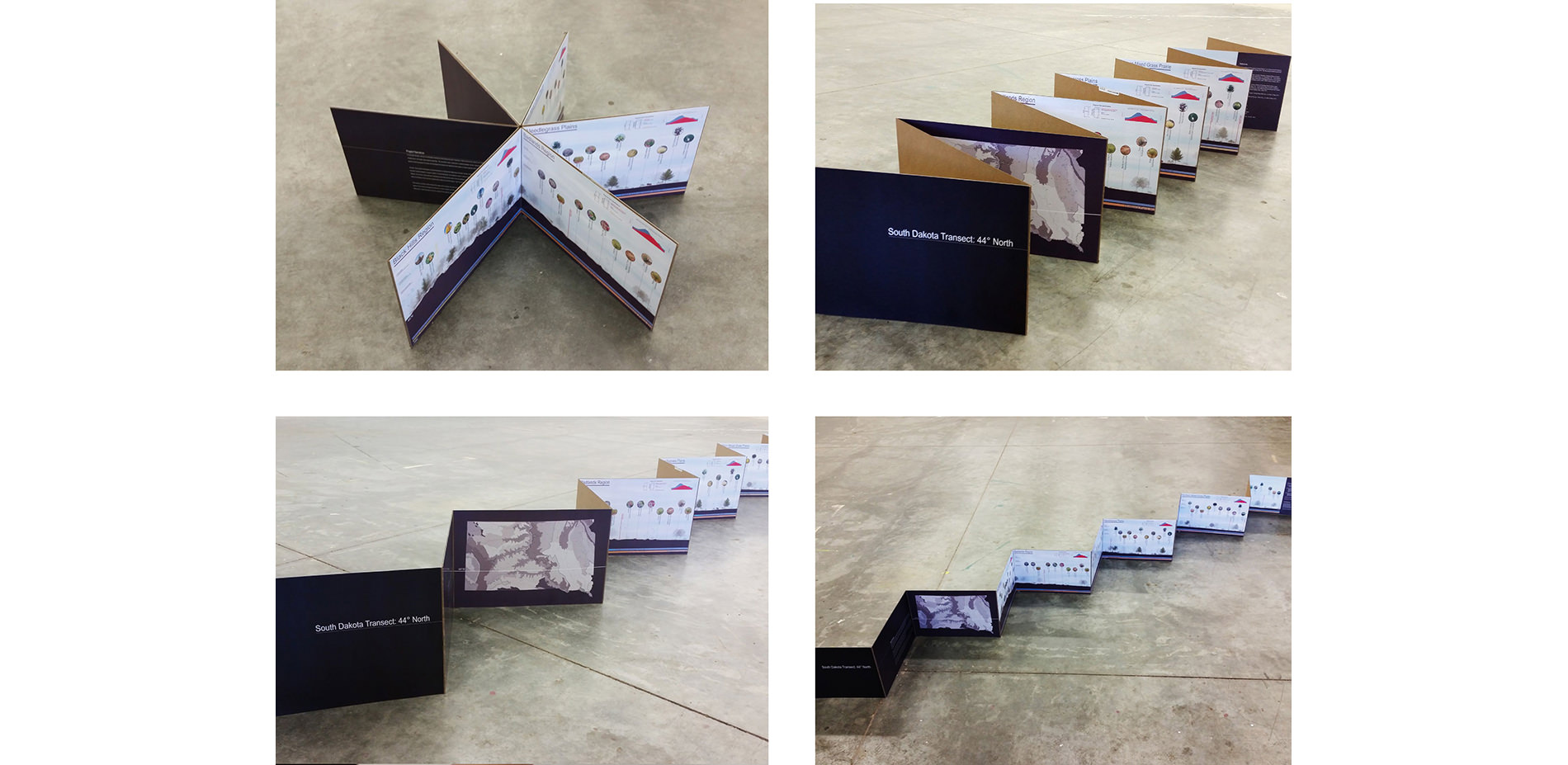
Photo Credit: Thomas Schneider
Media: Please submit high-resolution image requests to images@asla.org.
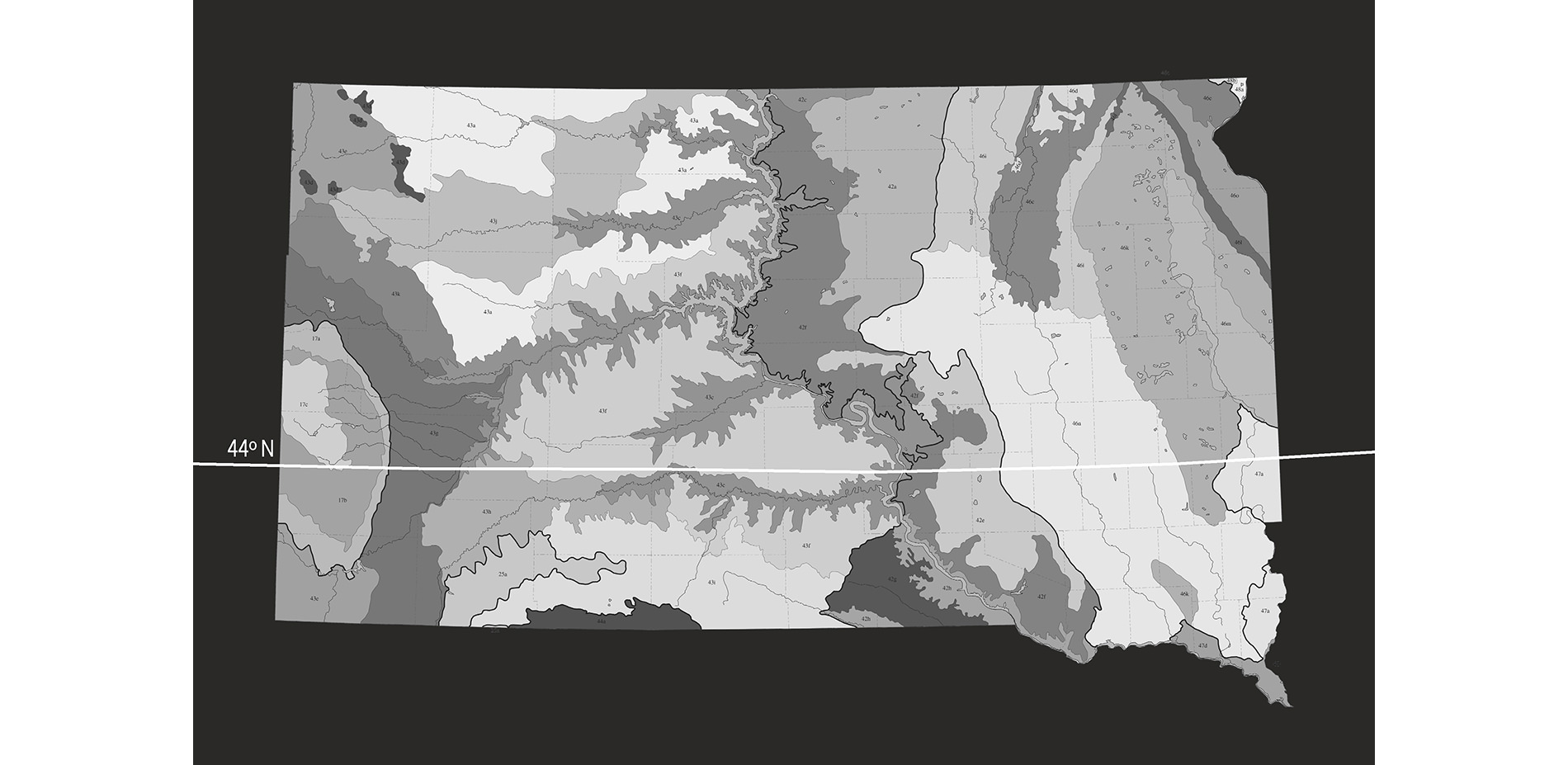
Photo Credit: Thomas Schneider
Media: Please submit high-resolution image requests to images@asla.org.

Black Hills Region
Photo Credit: Thomas Schneider
Media: Please submit high-resolution image requests to images@asla.org.

Badlands Region
Photo Credit: Thomas Schneider
Media: Please submit high-resolution image requests to images@asla.org.
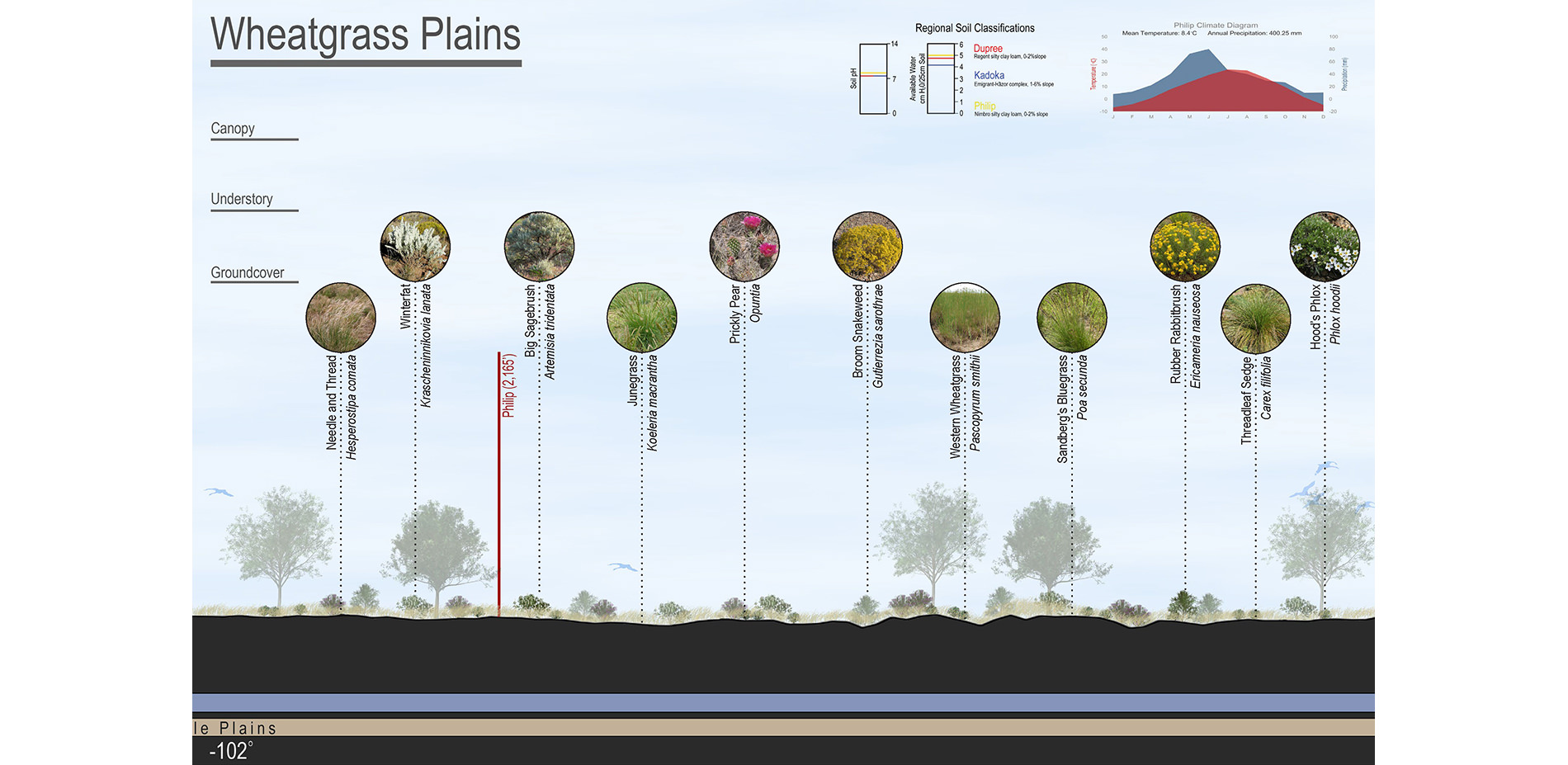
Wheatgrass Plains
Photo Credit: Thomas Schneider
Media: Please submit high-resolution image requests to images@asla.org.
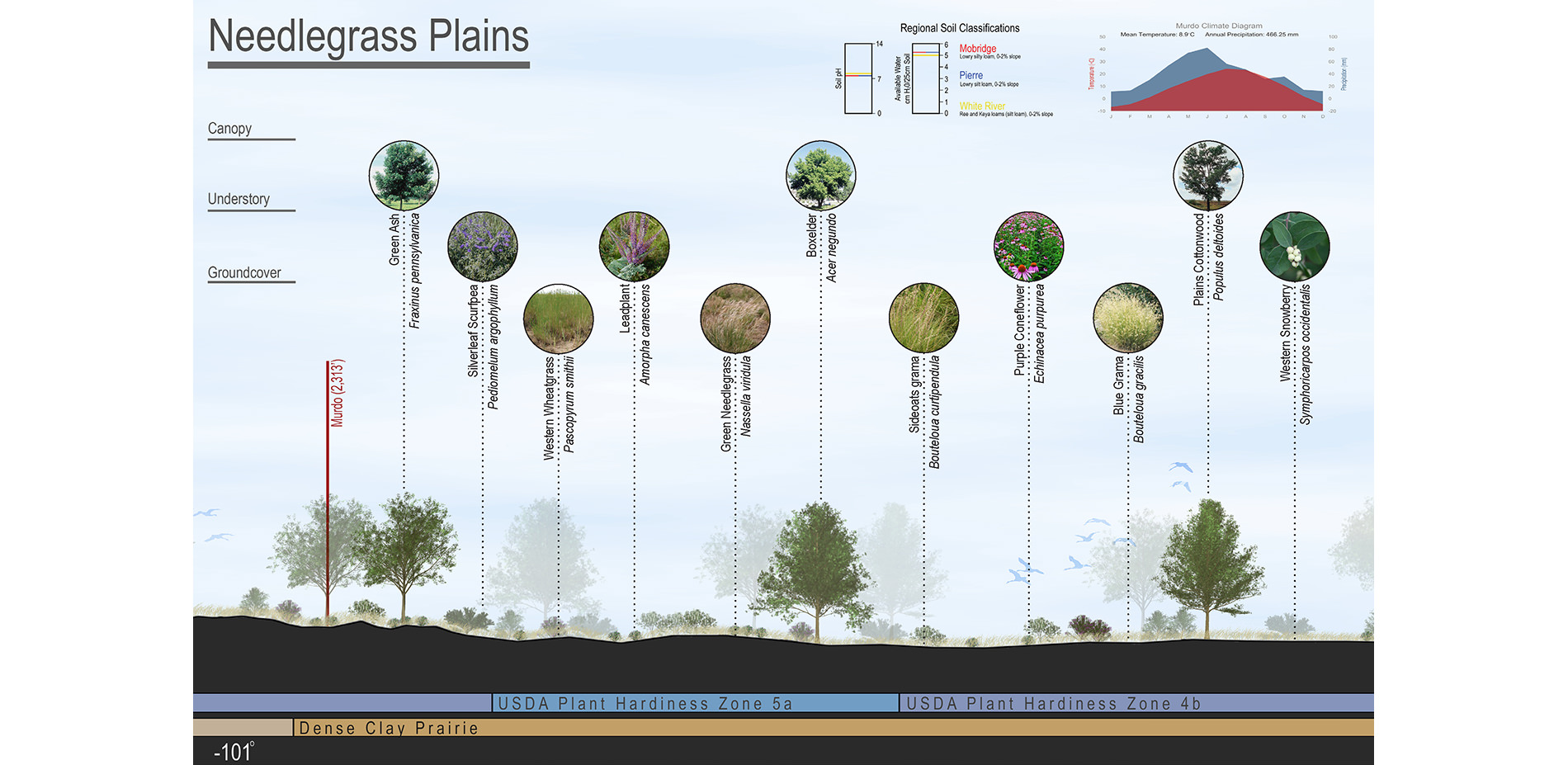
Needlegrass Plains
Photo Credit: Thomas Schneider
Media: Please submit high-resolution image requests to images@asla.org.
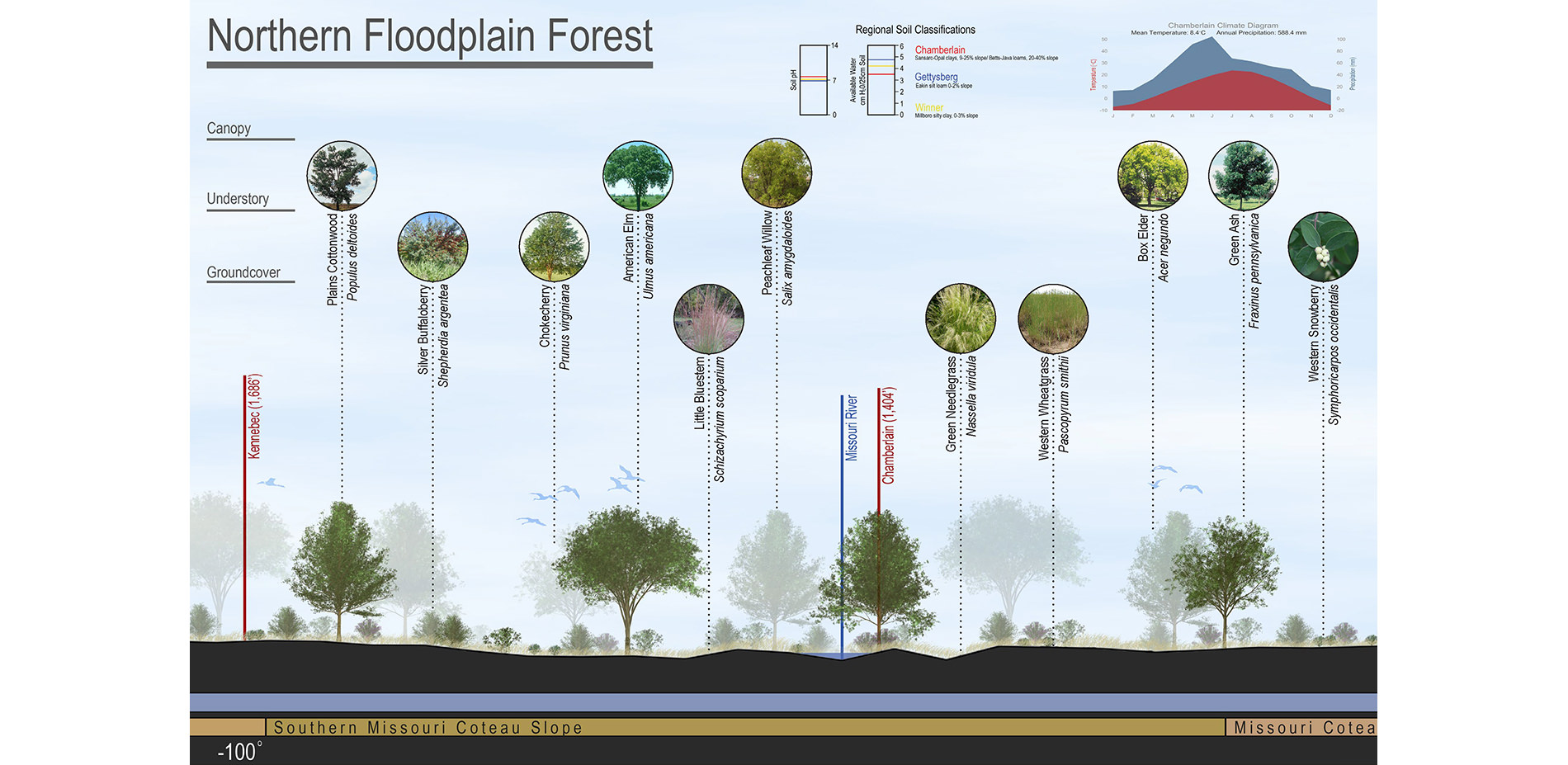
Northern Floodplain Forest
Photo Credit: Thomas Schneider
Media: Please submit high-resolution image requests to images@asla.org.

Northern Mixed Grass Prairie
Photo Credit: Thomas Schneider
Media: Please submit high-resolution image requests to images@asla.org.
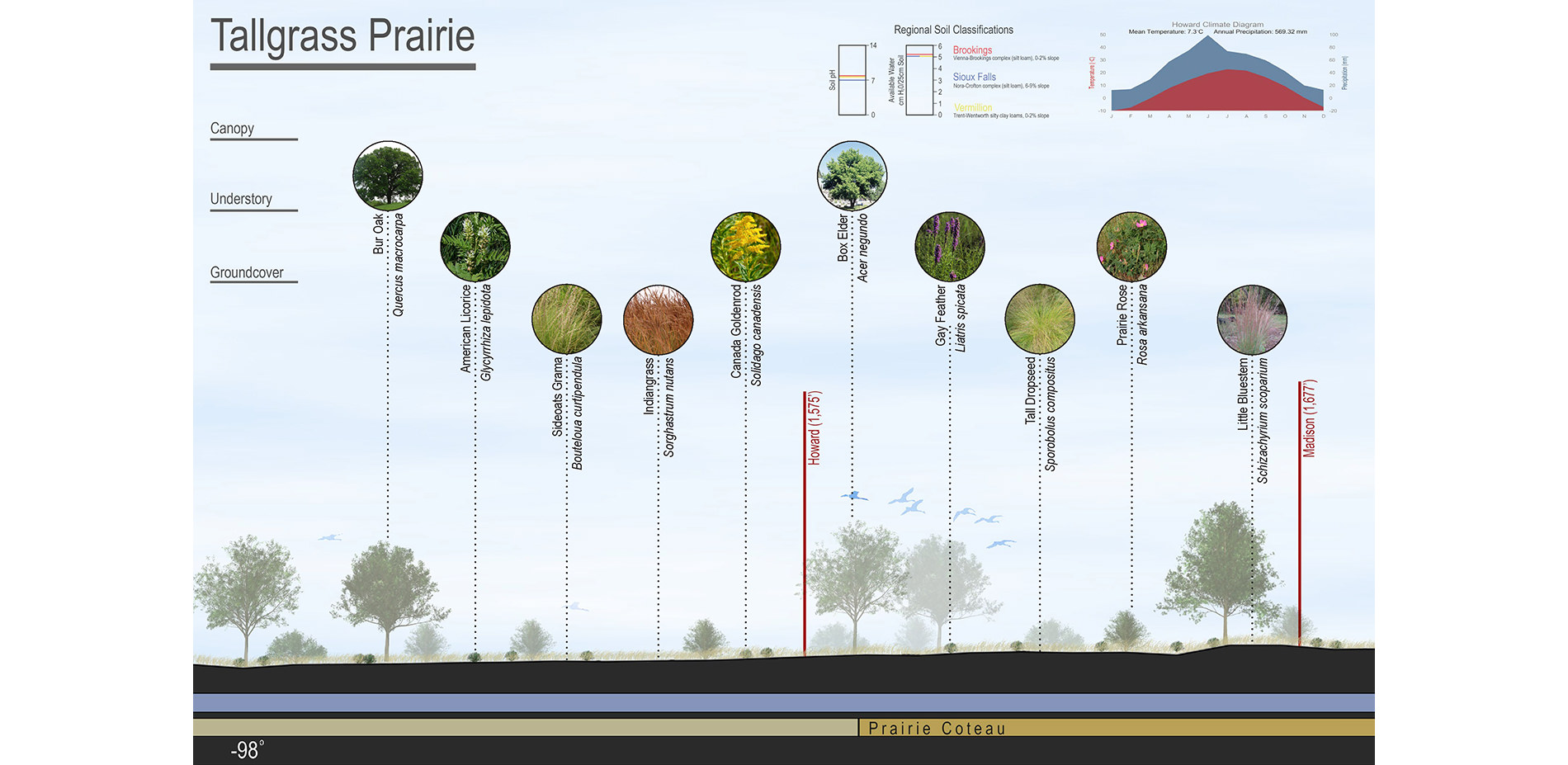
Tallgrass Prairie
Photo Credit: Thomas Schneider
Media: Please submit high-resolution image requests to images@asla.org.













